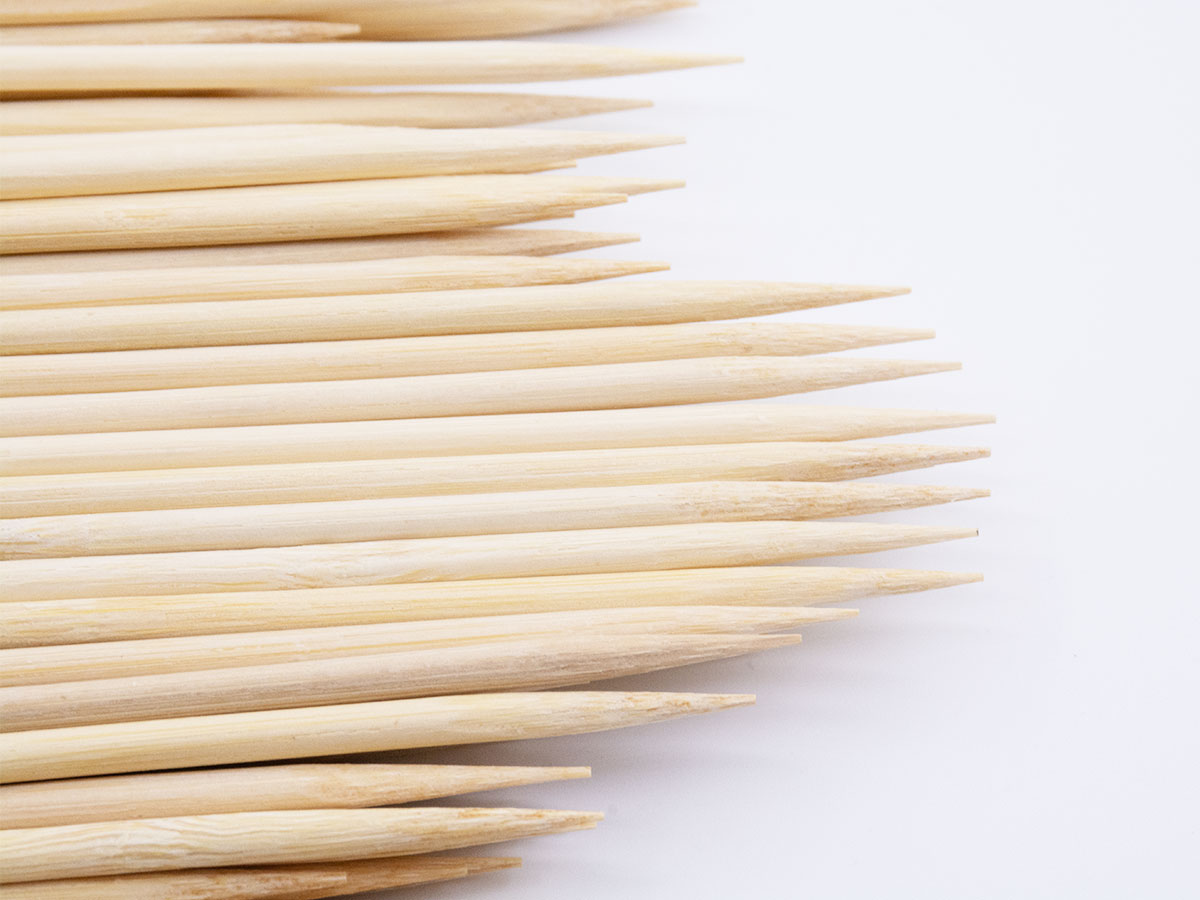
In the pursuit of eco-friendliness and sustainable development today, bamboo sticks, as a natural, renewable and environmentally friendly material, have become the focus of our attention for their quality and durability. Knowing how to prepare and dry bamboo is the key to ensuring the quality of bamboo sticks and extending their service life. This article aims to explore the drying technology of bamboo sticks in depth, aiming to introduce methods that can both protect the integrity of bamboo and enhance its aesthetic value, in order to fulfill our commitment to environmental friendliness and sustainable development.
The drying process of bamboo sticks is essentially a process of removing excess moisture and enhancing the strength of fibers. Moisture is one of the main factors affecting the physical properties of bamboo. Excessive moisture can cause bamboo sticks to deform and mold easily, reducing their durability. Therefore, scientific drying technology is essential to maintain the quality of bamboo sticks and extend their service life.
Air drying method
The air drying method has become the first choice for drying bamboo sticks because of its simplicity, economy and environmental protection. This method relies on natural air circulation and achieves efficient drying through the following steps:
Set up a drying space: Choose an area with good air circulation and avoid direct sunlight, such as a barn or shed. When drying outdoors, make sure the bamboo is covered to prevent rain and avoid moisture accumulation.
Arrange the bamboo: Stack vertically on mats or horizontally on elevated platforms to promote airflow while avoiding direct contact with soil to prevent mold and ensure even drying.
Monitor and rotate regularly: Rotate the bamboo skewers every 1-3 weeks to prevent warping and ensure even drying. The entire drying process usually takes 6-12 weeks, depending on environmental conditions and the initial moisture content of the bamboo.
Heat drying method
For situations where rapid drying is required, heat drying provides a solution. However, this method requires more sophisticated equipment and monitoring:
Prepare the heat source: Use a kiln or controlled fire pit to provide a steady heat source at around 250°F (120°C) to ensure that the bamboo does not burn and promotes evaporation of moisture.
Monitor and rotate: Constantly monitor the bamboo skewers to prevent overheating. By rotating the skewers, ensure that they are evenly exposed to the heat source to avoid damage caused by local overheating.
Wipe the resin: When bamboo is heated, natural resins will rise to the surface, acting as a seal. Regularly wiping off these resins will help speed up the drying process while protecting the bamboo from damage.
Through scientific drying technology, we can not only maintain the natural beauty of bamboo sticks, but also enhance their durability and extend their service life. This is not only a respect for natural resources, but also a practice of the concept of sustainable development. In the future, with the advancement of science and technology, we have reason to believe that bamboo stick drying technology will be more efficient and environmentally friendly, bringing more beauty and convenience to our lives.

